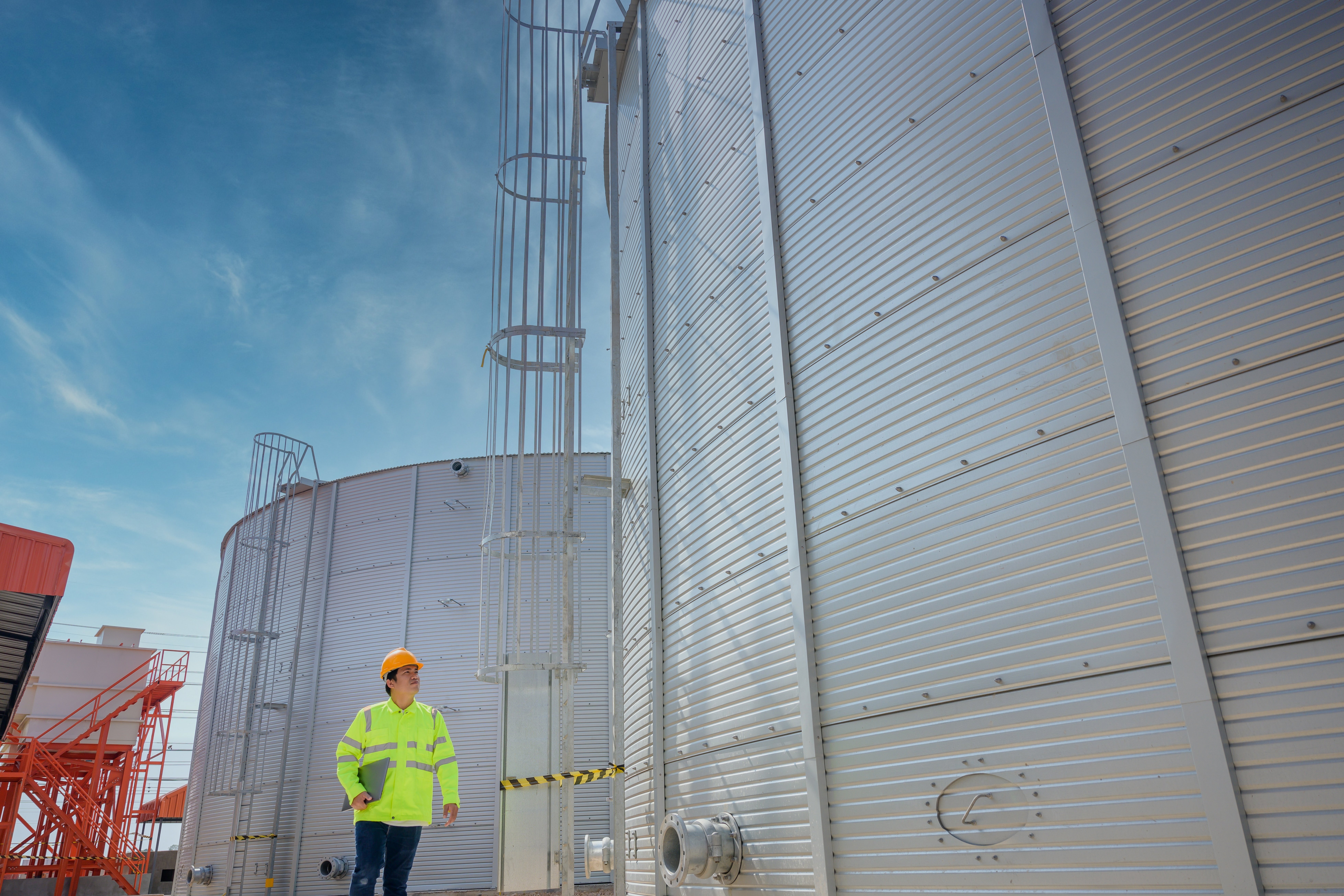What is Workface Planning?
In large-scale industrial projects, inefficiencies, delays, and cost overruns are common challenges. Workface Planning (WFP) is a structured process that helps construction teams improve productivity by ensuring that all necessary resources— such as materials, tools, labor, and drawings —are available before work begins. By implementing WFP, construction firms can streamline project execution, enhance safety, and maximize efficiency.
This article explores the fundamentals of Workface Planning, how it works, its benefits, and how innovative software solutions like O3’s ONBuild can help teams optimize the process.
Understanding Workface Planning
Workface Planning is a construction execution process that focuses on breaking down projects into well-defined, manageable work packages. WFP is a key component of Advanced Work Packaging (AWP), a methodology that improves construction productivity and predictability by aligning engineering, procurement, and construction activities, and is declared as ‘Best Practice’ by the Construction Industry Institute (CII).
At its core, Workface Planning ensures that each crew on-site has everything they need—drawings, materials, permits, and equipment—before starting work. This approach minimizes delays, reduces idle time, and enhances overall efficiency.
How Does WFP Work?
Workface Planning Begins in the Early Stages
The foundations for successful WFP are integrated into the project from the initial planning phase. Engineers and Project Managers collaborate to define Construction Work Packages (CWPs) that align with project schedules and milestones.
Breaking Down Work into Installation Work Packages (IWPs)
These CWPs are then broken into Installation Work Packages (IWPs), each of which contains detailed instructions, drawings, materials lists, and safety information required for a specific task. These small, manageable work packages help crews stay focused and reduce workflow disruptions.
Resource Allocation and Readiness Assessment
Before work begins, Workface Planners verify that all necessary resources are available. This includes checking for materials, equipment, labor availability, and any potential constraints that could cause delays.
Continuous Monitoring and Adjustments
Workface Planners regularly assess progress and update work packages as needed. Digital tools and dashboards help teams track performance and adjust plans in real-time to avoid bottlenecks.

Five Major Benefits of Workface Planning
1. Increased Productivity and Efficiency
By ensuring that all required resources are in place before work starts, crews can focus entirely on execution rather than troubleshooting delays. According to research by CII, implementing WFP can improve labor productivity by up to 25%.
2. Enhanced Safety Compliance
Well-structured work packages also minimize rushed jobs, which are a common cause of incidents on construction sites.
3. Reduced Project Delays and Cost Overruns
By eliminating last-minute material shortages and scheduling conflicts, WFP helps construction firms stay on schedule and within budget. Delays caused by missing resources are significantly reduced, leading to fewer disruptions and a more predictable workflow.
4. Improved Communication and Coordination
Workface Planning enhances collaboration among Project Managers, Engineers, procurement teams, and construction crews. Digital WFP tools further streamline communication, ensuring everyone has access to the latest updates and project data.
5. Better Forecasting and Project Insights
With real-time monitoring and tracking, Project Managers can gain valuable insights into project performance. Data-driven decisions help construction firms optimize resource allocation and improve future planning.
Introducing ONBuild: Purpose-built for WFP
To fully leverage the benefits of Workface Planning, construction firms need the right technology. ONBuild is a powerful WFP software designed to streamline project execution with real-time tracking and seamless collaboration.
Key Features of ONBuild:
- Graphical and Non-Graphical Scoping of IWPs: Easily create, manage, and execute IWPs with cloud-based access.
- Real-Time Progress Tracking: Monitor IWP completion and resource availability in real time.
- Seamless Integration with 3D Models: Leverage BIM integration to visualize work packages and improve planning accuracy.
- Automated Constraint Management: Identify and resolve potential bottlenecks before they impact productivity.
By adopting ONBuild, construction teams can ensure their Workface Planning process is efficient, structured, and digitally optimized, leading to better project outcomes.
Embrace Workface Planning for Better Project Execution
Workface Planning is a game-changer in modern construction project delivery. By implementing structured work packages, firms can improve productivity, enhance safety, and reduce costly delays. Tools like ONBuild by O3 take WFP to the next level by offering a comprehensive digital solution that streamlines execution and optimizes resources.
Want to learn more about Workface Planning and how ONBuild can help your team? Schedule a demo with O3 today!




